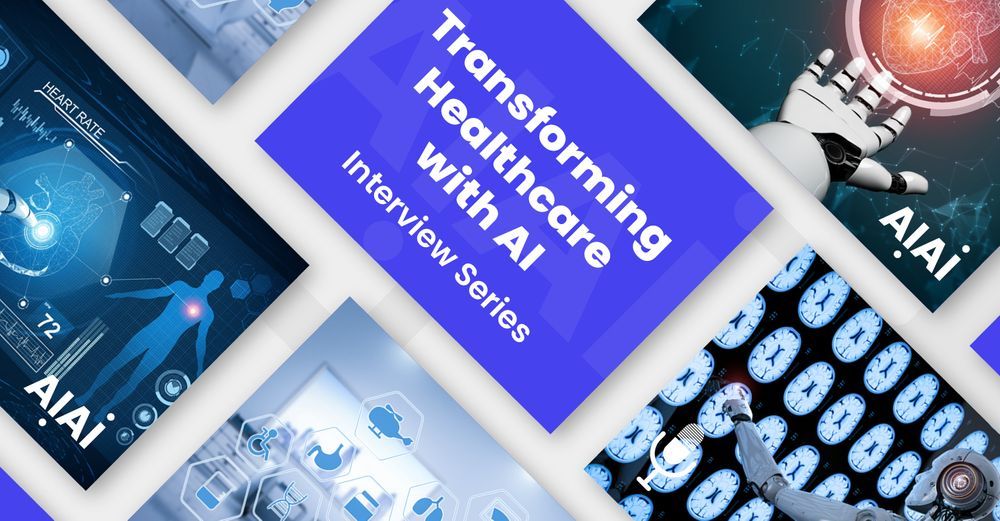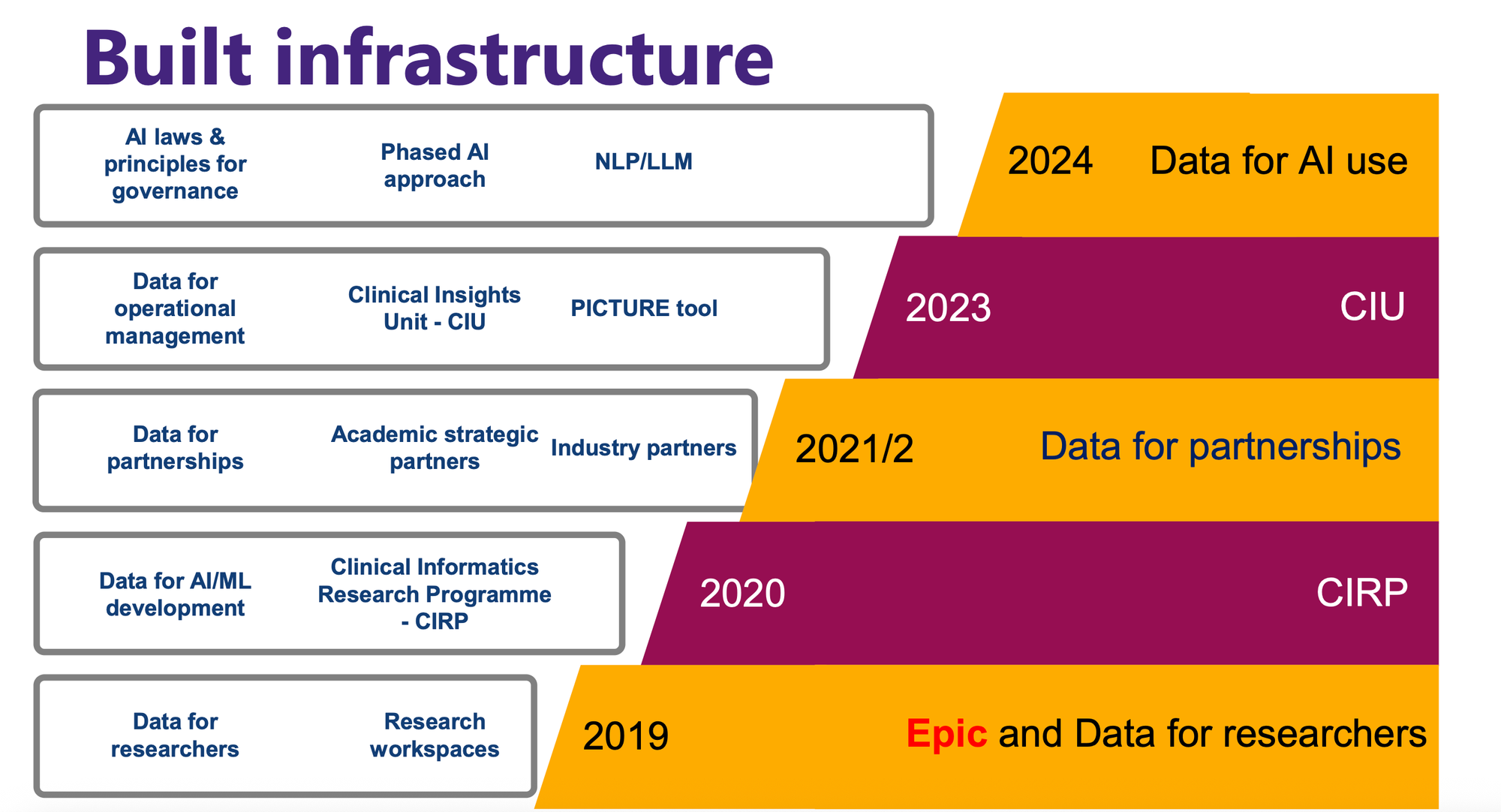What if artificial intelligence could help us solve some of the most complex challenges in pediatric healthcare, especially when it comes to rare diseases?
At Great Ormond Street Hospital (GOSH), we face these challenges daily, treating children with some of the most difficult and rare conditions imaginable. But as powerful as human expertise is, we often find ourselves dealing with an overwhelming amount of data, from patient histories to diagnostic reports, making it hard to extract the insights we need quickly and efficiently.
This is where artificial intelligence and machine learning come in. These technologies have the potential to revolutionize the way we process and utilize healthcare data. At GOSH, we’re leveraging AI, particularly large language models (LLMs), to tackle the complexity of this data and improve patient outcomes.
In this article, I’ll share insights from our journey of integrating AI into pediatric healthcare at GOSH and how AI is helping us improve care, streamline operations, and make healthcare more accessible for children with rare diseases.
Let’s dive in.
The role of GOSH’s DRIVE unit
In 2018, we established the DRIVE unit, which stands for Data, Research, Innovation, and Virtual Environment. Our goal? To harness data and technology to improve outcomes for children, families, and our healthcare staff.
We want to make GOSH the global go-to center for pediatric innovation, and we aim to do this by utilizing AI and data to drive breakthroughs in treatment, diagnosis, and patient care.
Our mission goes beyond merely innovating for the sake of it; we want to use AI to make an impact not just locally but globally. The data we collect is especially valuable for research, particularly in the realm of rare diseases – conditions that often don’t receive enough attention due to their rarity.
But how do we make sense of this relatively small dataset, and how can we share this knowledge globally? That’s one of the questions we’ve been working to answer with the help of AI and ML (machine learning).
Transforming Healthcare with AI: Interview series
Our interview series is here to deliver you digestible intelligence from the organizations and innovators leading the world of AI in healthcare - through expert and in-depth interviews.

Harnessing data for research and operational efficiencies
In terms of data management, GOSH has undergone a massive overhaul in the past few years. Before 2019, we were using over 400 different systems for collecting patient data. As you can imagine, this was both inefficient and hard to maintain.
That’s when we made the strategic decision to replace our outdated systems with a single platform – EPIC. This transition has allowed us to integrate all patient data into a unified electronic health record system.

#Ai, #AIInHealthcare, #Article, #Articles, #Artificial, #ArtificialIntelligence, #Attention, #Children, #Complexity, #Content, #Data, #DataManagement, #Diseases, #Electronic, #Environment, #Epic, #Events, #Global, #Health, #Healthcare, #HealthcareData, #How, #Human, #Impact, #Innovation, #Insights, #Intelligence, #INterview, #Interviews, #It, #Language, #LanguageModels, #LargeLanguageModels, #Learning, #LLMs, #MachineLearning, #Management, #Members, #MembershipContent, #Mission, #Ml, #Models, #One, #Operations, #Organizations, #PatientCare, #PatientData, #PharmaHealthcareLifeSciences, #Platform, #Process, #ReALM, #Reports, #Research, #REST, #Salary, #Solve, #Staff, #Technology, #Templates, #Transition, #Treatment, #Unified, #Us, #VirtualEnvironment, #World
Published on The Digital Insider at https://is.gd/ua4gzi.
Comments
Post a Comment
Comments are moderated.